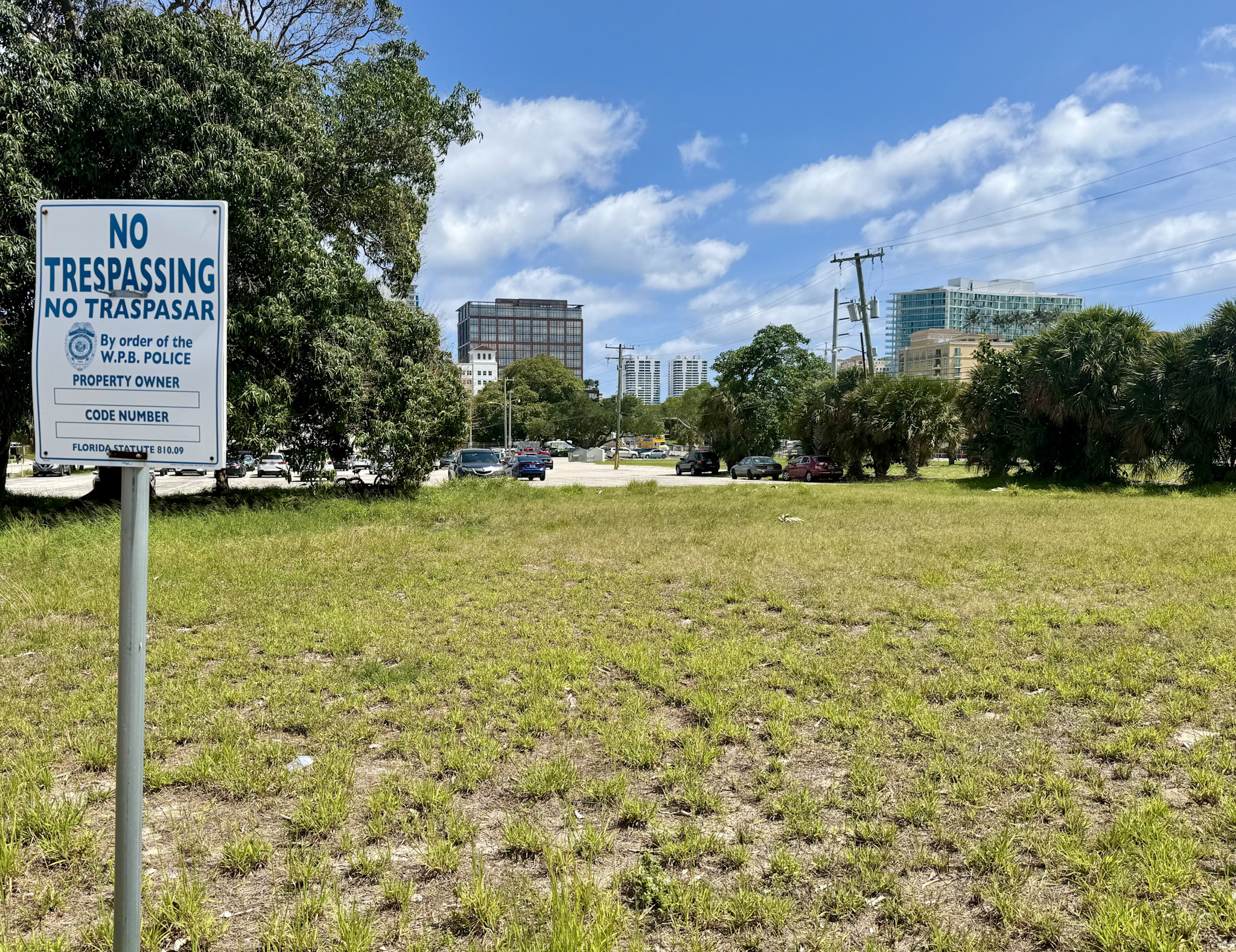
Long-Term Air Pollution Exposure Linked to Sedentary Behavior in Individuals at Risk for Diabetes
TUESDAY, Jan. 23, 2024 (HealthDay News) — A recent study published in the Journal of Public Health reveals that long-term exposure to air pollution is associated with an increase in sedentary behavior (SED) among individuals at risk for diabetes.
Study Details
The study, conducted by Jonathan Goldney and his colleagues from the University of Leicester in the United Kingdom, aimed to explore the connections between long-term exposure to particulate matter with diameter ≤2.5 μm (PM2.5), ≤10 μm (PM10), nitrogen dioxide (NO2), and changes in sedentary behavior, moderate-to-vigorous physical activity (MVPA), and steps. The research involved 644 adults at risk for type 2 diabetes who were participating in the Walking Away from Type 2 Diabetes trial.
Findings
The results of the study indicated that PM2.5, NO2, and PM10 did not show any significant association with changes in MVPA or steps. However, there was a clear link between PM2.5, NO2, PM10, and changes in sedentary behavior. An increase of 1-ugm−3 in these pollutants was associated with adjusted annual changes of 6.38, 1.52, and 4.48 minutes per day, respectively, in sedentary behavior.
Implications
“Levels of air pollution may impact individuals’ ability to exercise or enjoy physical activity,” stated Goldney. “It could also be considered a risk factor for increased sedentary behavior, as it may encourage more time spent indoors sitting and discourage outdoor physical activity. This feedback loop further increases the risk of chronic diseases.”
These findings highlight the importance of addressing air pollution as a public health concern and its potential impact on physical activity levels and sedentary behavior.
Click here to access the abstract/full text of the study.
SDGs, Targets, and Indicators
| SDGs | Targets | Indicators |
|---|---|---|
| SDG 3: Good Health and Well-being | 3.9 By 2030, substantially reduce the number of deaths and illnesses from hazardous chemicals and air, water, and soil pollution and contamination | Not mentioned in the article |
| SDG 11: Sustainable Cities and Communities | 11.6 By 2030, reduce the adverse per capita environmental impact of cities, including by paying special attention to air quality and municipal and other waste management | Particulate matter with diameter ≤2.5 μm (PM2.5), ≤10 μm (PM10), and nitrogen dioxide (NO2) |
| SDG 13: Climate Action | 13.1 Strengthen resilience and adaptive capacity to climate-related hazards and natural disasters in all countries | Particulate matter with diameter ≤2.5 μm (PM2.5), ≤10 μm (PM10), and nitrogen dioxide (NO2) |
1. Which SDGs are addressed or connected to the issues highlighted in the article?
The issues highlighted in the article are connected to SDG 3: Good Health and Well-being, SDG 11: Sustainable Cities and Communities, and SDG 13: Climate Action.
2. What specific targets under those SDGs can be identified based on the article’s content?
Based on the article’s content, the specific targets that can be identified are:
– Under SDG 3: Good Health and Well-being – Target 3.9: By 2030, substantially reduce the number of deaths and illnesses from hazardous chemicals and air, water, and soil pollution and contamination.
– Under SDG 11: Sustainable Cities and Communities – Target 11.6: By 2030, reduce the adverse per capita environmental impact of cities, including by paying special attention to air quality and municipal and other waste management.
– Under SDG 13: Climate Action – Target 13.1: Strengthen resilience and adaptive capacity to climate-related hazards and natural disasters in all countries.
3. Are there any indicators mentioned or implied in the article that can be used to measure progress towards the identified targets?
The article mentions specific indicators that can be used to measure progress towards the identified targets. These indicators are:
– Particulate matter with diameter ≤2.5 μm (PM2.5)
– Particulate matter with diameter ≤10 μm (PM10)
– Nitrogen dioxide (NO2)
These indicators can be used to measure the levels of air pollution and its impact on sedentary behavior.
Please note that the article does not provide specific information on progress or measurements related to these indicators.
SDGs, Targets, and Indicators
| SDGs | Targets | Indicators |
|---|---|---|
| SDG 3: Good Health and Well-being | 3.9 By 2030, substantially reduce the number of deaths and illnesses from hazardous chemicals and air, water, and soil pollution and contamination | Not mentioned in the article |
| SDG 11: Sustainable Cities and Communities | 11.6 By 2030, reduce the adverse per capita environmental impact of cities, including by paying special attention to air quality and municipal and other waste management | Particulate matter with diameter ≤2.5 μm (PM2.5), ≤10 μm (PM10), and nitrogen dioxide (NO2) |
| SDG 13: Climate Action | 13.1 Strengthen resilience and adaptive capacity to climate-related hazards and natural disasters in all countries | Particulate matter with diameter ≤2.5 μm (PM2.5), ≤10 μm (PM10), and nitrogen dioxide (NO2) |
Copyright: Dive into this article, curated with care by SDG Investors Inc. Our advanced AI technology searches through vast amounts of data to spotlight how we are all moving forward with the Sustainable Development Goals. While we own the rights to this content, we invite you to share it to help spread knowledge and spark action on the SDGs.
Fuente: healthday.com

Join us, as fellow seekers of change, on a transformative journey at https://sdgtalks.ai/welcome, where you can become a member and actively contribute to shaping a brighter future.






